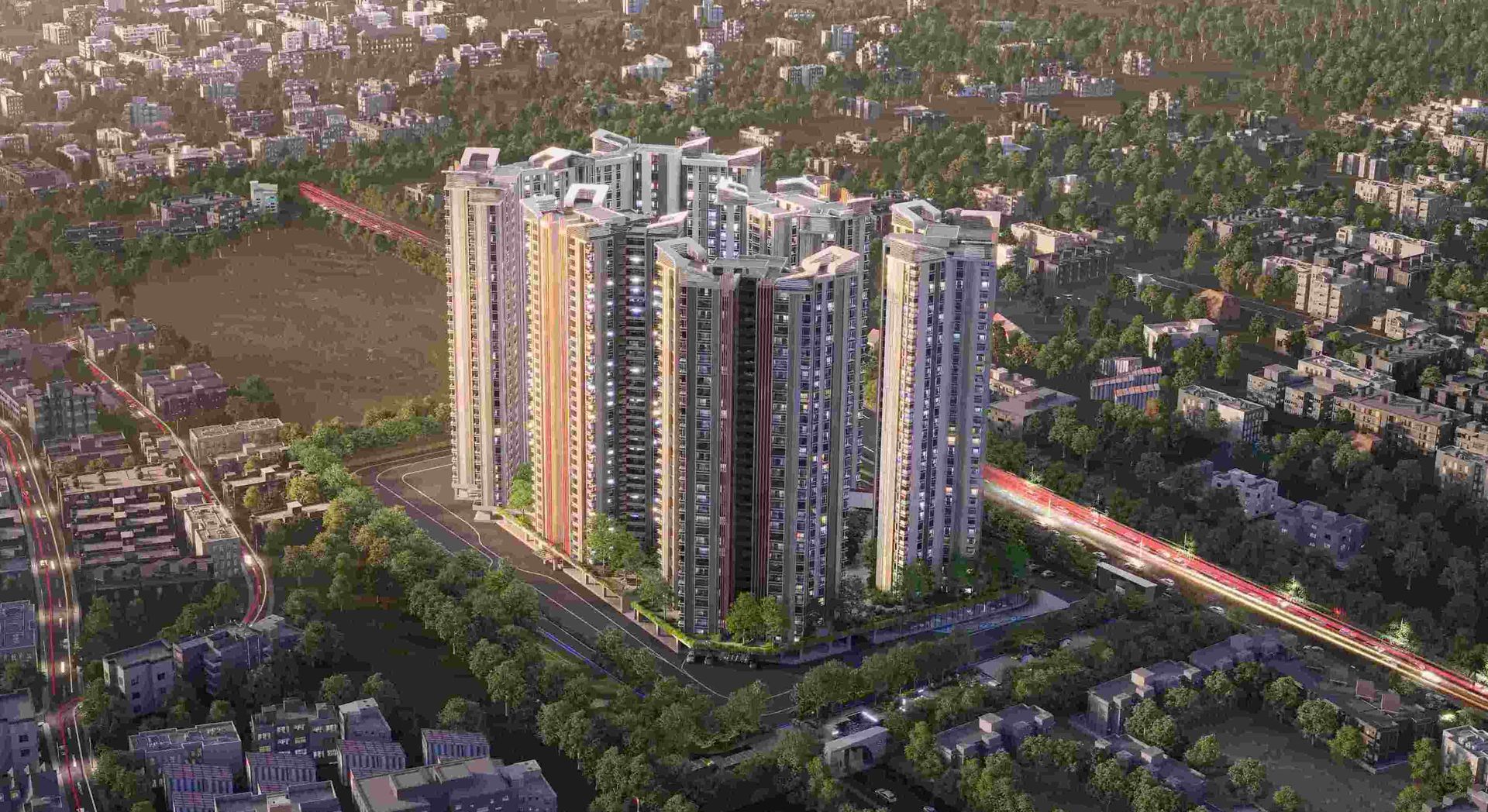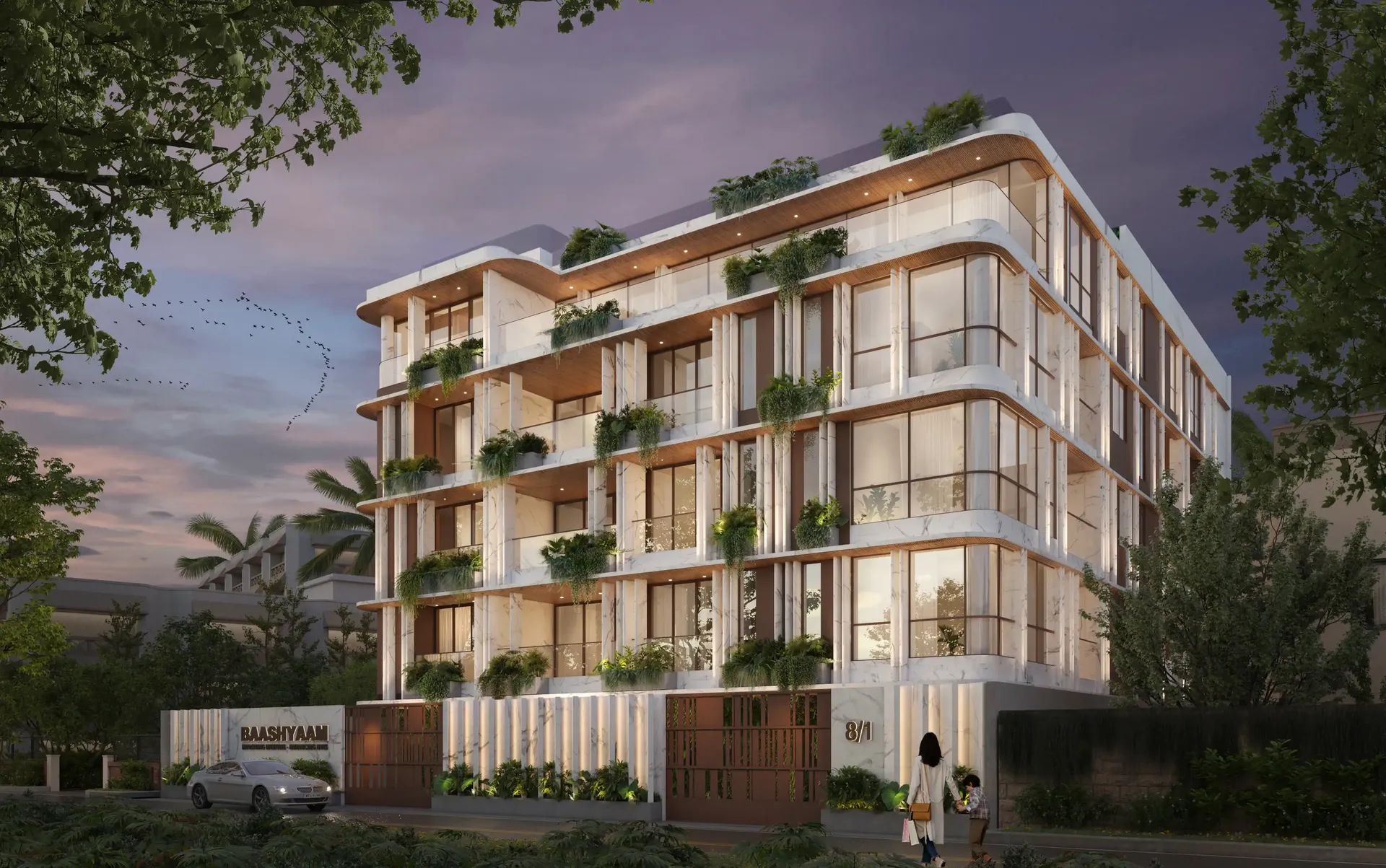Natural Cooling Strategies For the Home
Does living without air conditioning sound too difficult? Learn these natural home design and decor techniques to save energy and money while relying less on air conditioning.
Much of the cost of cooling your home can be saved by passive cooling techniques which don’t require expensive retrofits or professional installations. Here are suggestions for free, or low-cost, ways to cool your home with less impact on the environment and your energy bill.
Natural Ventilation
Before society embraced air conditioning, we all found simple ways to beat the heat. One was to sit on a shaded porch, sipping a cold drink. If the porch was positioned correctly, gentle breezes would blow past. Breezes help moisture evaporate from your skin — one of the body’s main methods for cooling off. In fact, many natural cooling techniques boil down to one basic principle: Keep the air moving. So how do you improve airflow within your home?
Ideally, when you’re building, you choose the site and orient your house to take advantage of naturally occurring wind patterns. You can also direct summer breezes into and through the house by carefully choosing the types and locations of windows and doors to funnel air through a building.
Limiting Solar Gain
Another way to cool your home is to reduce its solar heat gain by providing some strategic summer shade. It’s easiest to block sunlight entering the house through southern exposures. Designing the home with properly sized overhangs or awnings, specific to the home’s latitude, will keep the high summer sun out, while letting the lower winter sun in for passive heating. It’s harder to block the sun from east and west windows, so consider placing fewer windows on those sides of your house.
If you already have windows where you’d like to block sunlight, white or light-colored shades are a good option. Also consider planting trees where they will shade your windows in summer. Deciduous trees are best, because they shed their leaves in the winter to allow the sun in, which helps with passive heating. Deciduous vines on the building or a trellis outside your window can have a similar effect. Not only does this vegetation provide shade, it also has a natural cooling effect as plants release water vapor through transpiration.
Blocking the Heat
The most effective ways to block heat from entering your home are insulation, reflective barriers and shading. Insulating, caulking and weather stripping are essential to keeping your home warm in cold climates, but they also help keep your home cool in hot weather. The attics of most homes absorb heat through the roof, and insulating the attic floor will keep this heat from radiating down into the house.
Caulking and weatherstripping doors and windows will also prevent warmer outside air from seeping into your home. The cost of these materials is very low and the application is simple.
Shading
Shading is the simplest, most effective way to cool your home and reduce energy consumption. Up to 40% of the costs of cooling can be saved by shading techniques such as landscaping, and working the drapes and blinds.
Drapes and curtains made of light-colored fabrics reflect much of the sun’s rays and help reduce heat gain. The tighter the curtain is to the wall, the better it will reduce heat gain. Two-layered drapes are most effective for both summer cooling and winter heating. Blinds, although not as effective as drapes, can be adjusted to let in some light while reflecting the bulk of the sun’s heat. The more reflective side of the blinds should face outward.
Close south and west-facing curtains during the day for any window that gets direct sunlight.
Shade Screens
Exterior shade screens, also called “sunscreens”, “shade cloths” or “solar shields”, prevent the sun from entering a window. These can be installed on windows exposed to direct sunlight. Shade screens are lightweight, durable and easy to install. Bamboo blinds can also be used as shade screens.
Unlike insect screens, shade screens are specially made to block between 50 and 90 percent of the energy striking the outside of the window. The term “shading coefficient” describes the amount of heat that penetrates the screen: lower numbers mean less energy gets through. While you can see through a shade screen, the view is obscured.
Reducing Heat Sources
- Heat generated from within the house can contribute significantly to the costs of cooling. Here are a few suggestions to help reduce or contain heat from within:
- Turn Off Incandescent Lights
- Don’t Place Lamps or TVs Near Your Air Conditioning Thermostat
- The heat from these appliances will cause the air conditioner to run longer.
- Cook with a Microwave, Barbeque or Pressure Cooker
Reduce Sources of Humidity
- Reducing humidity in your home results in less condensation on your air conditioner coils, saving electricity and lowering this hidden source of heat. To reduce humidity:
- Vent the clothes dryer to the outside
- Use exhaust fans in kitchen and bathroom
- Cover pots when cooking
- If you have a crawl space, cover any bare dirt with a plastic ground-moisture barrier
- Seal Off Laundry Room and Line-Dry Clothes
- Washers and dryers generate large amounts of heat and humidity. When possible, use them in the morning or late evening when you can better tolerate the extra heat. Seal off the laundry room when in use and duct or vent the air to the outside of the house.
- Use a clothesline to dry clothes. Dryers release a substantial amount of heat during operation; they also consume a lot of electricity. Toss your clothes in the dryer on fluff for a few minutes if line-dried clothes are too stiff.
- Insulate the Water Heater
- Turn Off Hot Water Circulating Pump in Summer
- Seal Ducts and Close Basement Doors
Ventilate with a Window Fan
If the outside temperature is below 77°, a window fan can be used to replace hot indoor air. Locate fan on the downwind side with fan blades directing the air outwards. To enhance air flow, open a window in each room and be sure all interior doors are open.
Shut Gas Supply to Fireplace and Heaters
The pilot light generates a considerable amount of heat, and should be off during warm months. Re-lighting the pilot light in the fall is as easy as pushing a button on most units. Fireplace dampers should also be closed during the hot months of the year; this minimizes the loss of cooler air from inside the home.
Up Next
Top Construction Innovations That Make Homes Last for Generations
A home is often the most significant investment in a person’s life, and for many, it’s not just about creating a living space for today but building a legacy for tomorrow. The good news is that modern construction has advanced far beyond traditional brick and mortar. Today, innovative materials and techniques are making homes stronger, more sustainable, and more resilient—built not just for decades, but for generations to come.
Discover a Self-Contained World: Inside Chennai’s Most Thoughtfully Planned Township
A self-contained epic lifestyle with smartly curated living experiences — that’s what this momentous development in Koyambedu brings to Chennai’s real estate landscape. Rarely do we see something that truly reimagines aspirational residential living and commercial spaces. For years, large-scale home communities and townships have been defined through a narrow lens. Now, this project from Baashyaam, true to its philosophy of “Improving Lifestyles – Enhancing Lives”, is changing the narrative and setting new benchmarks.





